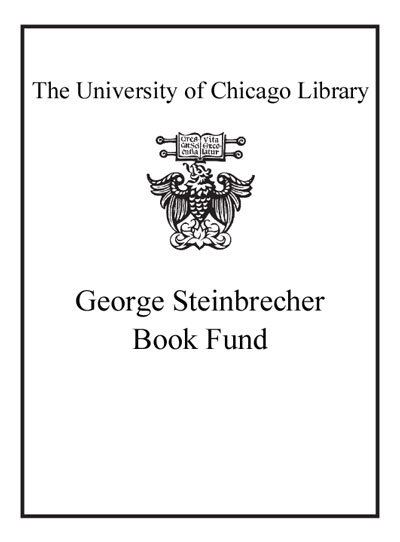Review by Choice Review
In this slim study, Pal-Lapinski (Bowling Green State Univ.) disputes the claims of much postcolonial criticism and argues that 19th-century representations of the sexually volatile odalisque did not reduce such women to passive recipients of the imperial, patriarchal gaze. Quite the contrary: the odalisque often embodied sexual and political agency in action. In six chapters, the author analyzes mostly marginal literary texts--e.g., Edward Bulwer-Lytton's Zanoni, Charlotte Dacre's Zofloya, or the Moor, Bram Stoker's The Lair of the White Worm--in conjunction with French and British painting, medical treatises, jewelry, and opera. The book engages extensively with the work of Edward Said and Homi Bhabha, especially Bhabha's notion of "hybridity." The most successful of the six chapters is devoted to Wilkie Collins's Armadale and the figure of the female poisoner. Otherwise, Pal-Lapinski's readings are more suggestive than definitive, largely because the book moves at breakneck speed. Somewhat predictably, British and French imperial culture suffers from "anxiety," and categories keep collapsing. Still, the book successfully complicates understanding of the odalisque's cultural function. Some of the black-and-white illustrations are murky, and a separate bibliography would have been helpful. ^BSumming Up: Optional. Graduate and research collections. M. E. Burstein SUNY College at Brockport
Copyright American Library Association, used with permission.
Review by Choice Review

